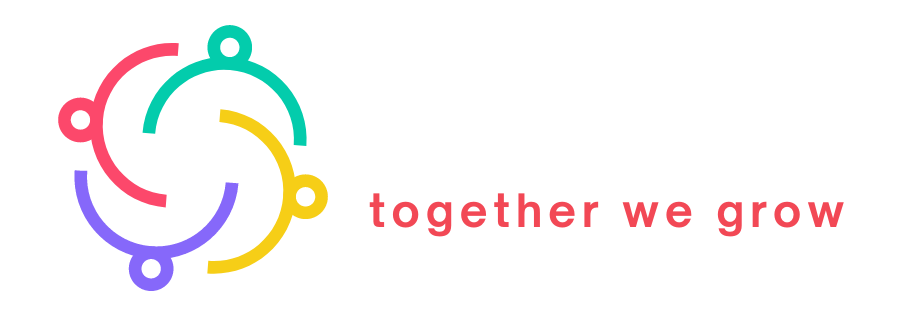Introduction
As an age-old educational philosophy, the Montessori Method has stood the test of time with its principles of child-centered education, hands-on learning, and observational assessments. Simultaneously, the digital age has ushered in the realm of edutainment, which fuses entertainment with educational experiences. This comprehensive article aims to explore the complex intersection between these two seemingly different yet potentially complementary approaches to education. Could the Montessori Method and edutainment be a match made in educational heaven? Let’s delve into the details.
Edutainment: A Brief Overview
Edutainment is a portmanteau of education and entertainment, representing a methodology that delivers educational content through entertaining media. Originally, edutainment was focused on children’s television programs, but it has since expanded to include interactive games, virtual simulations, storytelling apps, and even augmented reality experiences. The core idea is to make learning enjoyable, thereby increasing both engagement and retention.
Core Montessori Principles: A Refresher
To understand how edutainment can fit into a Montessori framework, we need to revisit the foundational principles of the Montessori Method.
Montessori classrooms are designed to foster independent exploration, with each element purposefully chosen to aid self-directed learning. The Power of Self-Directed Learning – This principle posits that children have an inherent desire and ability to learn; thus, the role of the teacher is more of a guide than a traditional instructor. Physical engagement is central to the Montessori Method, encouraging students to manipulate objects and thereby understand abstract concepts. In a Montessori setting, the teacher continuously observes the child’s interaction with the environment to gauge readiness for new material and understanding of current content, rather than relying on standardized tests.
Where Edutainment and Montessori Intersect
The fusion of Montessori and Edutainment can occur in various aspects:
1. Advanced Educational Video Games
Sophisticated video games that simulate real-world environments can dovetail with the Montessori ethos of practical life skills. For instance, a simulation game about ecology can teach children about environmental stewardship.
2. Interactive Multimedia Learning
The use of multimedia can be sparing but impactful, particularly for advanced subjects that benefit from visual and auditory aids. Virtual chemistry labs or astronomical simulations can make abstract concepts more concrete, aligning with Montessori’s emphasis on hands-on, sensory experiences.
3. Role-Playing and Narrative Learning
The Montessori Method encourages children to imagine and explore, making narrative learning a natural fit. Digital platforms can enable interactive storytelling that requires decision-making and problem-solving, providing a modern twist to classic Montessori methods.
4. Music and Rhythm as Multisensory Learning
Music and rhythm can be integrated into learning other subjects such as math or language. Montessori environments can harness this by utilizing rhythmic games or musical storytelling.
Navigating the Challenges: Pitfalls to Avoid
Over-Reliance on Technology: The Montessori philosophy stresses natural materials and human interaction. Hence, the introduction of technology-based edutainment should be balanced and moderate.
The Quality Spectrum: The quality of edutainment varies greatly. Educators must scrutinize the educational merits of any edutainment resource before incorporating it into a Montessori setting.
Teacher Training: Effectively integrating edutainment requires training for Montessori educators to understand how to align technology with Montessori principles effectively.
Case Studies and Pilot Programs: Real-World Application
Several Montessori schools have begun to integrate edutainment, with pilot programs showing promise in enhancing engagement and facilitating deeper understanding. These anecdotal successes hint at the vast potential for a well-executed merger of edutainment and Montessori philosophies.
As edutainment technology continues to advance, its potential applications in Montessori settings are likely to grow. Virtual reality could offer unparalleled opportunities for experiential learning, while artificial intelligence could customize learning paths in real-time, offering a high-tech form of Montessori’s observational approach.
Supplemental Activities: The Extra Mile
Incorporating edutainment within the Montessori Method doesn’t need to be limited to the formal classroom environment. Consider after-school programs or enrichment activities where students have the opportunity to dive deeper into specific areas of interest, leveraging the captivating powers of edutainment. For instance, robotics clubs or coding camps using game-based learning can help children understand the principles of engineering and computer science in a fun, engaging manner.
Moreover, parents can become active participants in this educational journey by using edutainment resources at home. For Montessori to be effective, the philosophy must extend beyond the classroom. Parents can supplement traditional Montessori materials with educational games and interactive e-books that adhere to Montessori principles. This not only reinforces what the child learns in school but also integrates the joys and benefits of edutainment into home life, forging a seamless connection between the two.
Global Perspectives: Beyond Boundaries
The integration of edutainment and Montessori isn’t merely a localized trend; it has the potential to cross geographical and cultural boundaries. As edutainment resources become more globally accessible, children worldwide can benefit from a Montessori-inspired, edutainment-enriched educational experience. This offers an exciting prospect for international collaboration, sharing best practices, and perhaps even creating global curricula that merge these two influential educational philosophies.
Conclusion and Final Thoughts
The marriage between the Montessori Method and edutainment holds incredible promise but is not without its challenges. A harmonious balance must be struck, aligning the engagement and interactive advantages of edutainment with the tried-and-true principles of Montessori education. As we propel into an increasingly digital future, the dialogue between these two realms is not just beneficial—it’s essential. Through careful planning and thoughtful implementation, the intersection of Montessori education and edutainment could well herald a new era in holistic, engaging, and effective learning.







